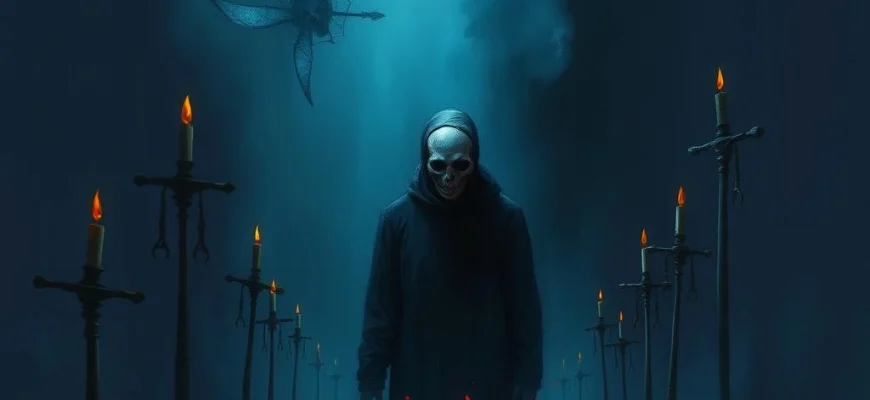If you were captivated by the surreal and haunting world of 'Santa Sangre' (1989), you're likely craving more films that blend psychological horror, dreamlike visuals, and deep emotional storytelling. This article explores 10 movies and shows that share the same eerie, artistic, and thought-provoking qualities as Alejandro Jodorowsky's masterpiece, perfect for fans of avant-garde cinema.

The Cabinet of Dr. Caligari (1920)
Description: A pioneering work of German Expressionism with distorted sets and a nightmarish plot, exploring themes of madness, authority, and illusion.
Fact: The film's twist ending is considered one of the first in cinema history and has influenced countless psychological thrillers.
 Watch Now
Watch Now 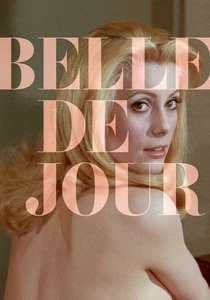
Belle de Jour (1967)
Description: A psychological drama that explores themes of desire, repression, and identity through the lens of a woman's secret life, blending reality and fantasy.
Fact: The film was controversial upon release for its frank depiction of sexuality but is now regarded as a classic of European cinema.
 Watch Now
Watch Now 
Valerie and Her Week of Wonders (1970)
Description: A surreal and erotic fairy tale that blends Gothic horror with coming-of-age themes, presented through a dreamlike and symbolic narrative.
Fact: The film is based on a novel and is often interpreted as an allegory for female adolescence and sexual awakening.
 Watch Now
Watch Now 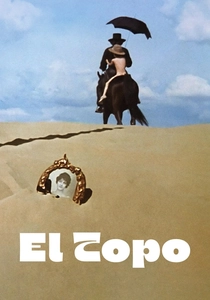
El Topo (1970)
Description: A surreal and visually striking film that blends Western and avant-garde elements, exploring themes of violence, spirituality, and redemption through a dreamlike narrative.
Fact: The film was initially released as a midnight movie and became a cult classic, often credited with popularizing the midnight movie phenomenon.
 Watch Now
Watch Now 
The Discreet Charm of the Bourgeoisie (1972)
Description: A surreal and satirical film that uses dream logic to critique the upper class, blending reality and fantasy in a series of absurd vignettes.
Fact: The film won the Academy Award for Best Foreign Language Film, despite its unconventional narrative structure.
 Watch Now
Watch Now 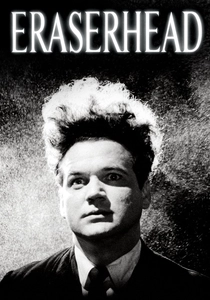
Eraserhead (1977)
Description: A nightmarish, black-and-white film that delves into themes of alienation, fatherhood, and existential dread, presented through disturbing imagery and an unsettling atmosphere.
Fact: The film took five years to complete due to budget constraints and was shot mostly at night because the director worked a day job.
 Watch Now
Watch Now 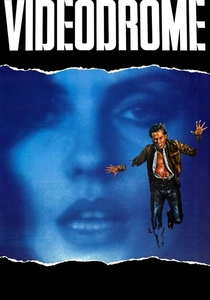
Videodrome (1983)
Description: A body horror film that explores the blurring lines between reality and hallucination, technology and humanity, with grotesque and surreal visuals.
Fact: The film's special effects were so groundbreaking that they won a special award at the Sitges Film Festival for their innovation.
 Watch Now
Watch Now 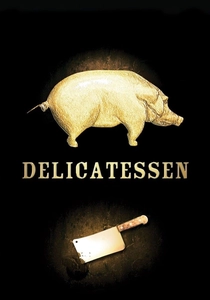
Delicatessen (1991)
Description: A darkly comedic and visually inventive film set in a post-apocalyptic world, blending grotesque humor with themes of survival and human nature.
Fact: The film's distinctive color palette was achieved by using a limited range of hues to create a cohesive and stylized look.
 Watch Now
Watch Now 
The City of Lost Children (1995)
Description: A visually rich and fantastical film that combines steampunk aesthetics with a fairy-tale-like narrative, focusing on dreams, identity, and the nature of evil.
Fact: The film's unique visual style was achieved using a combination of practical effects and early digital techniques.
 Watch Now
Watch Now 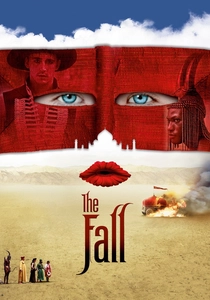
The Fall (2006)
Description: A visually stunning film that weaves together a fantastical story within a story, exploring themes of imagination, reality, and emotional healing.
Fact: The film was shot in over 20 countries and features no CGI, relying entirely on practical effects and real locations.
 Watch Now
Watch Now 
